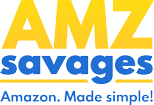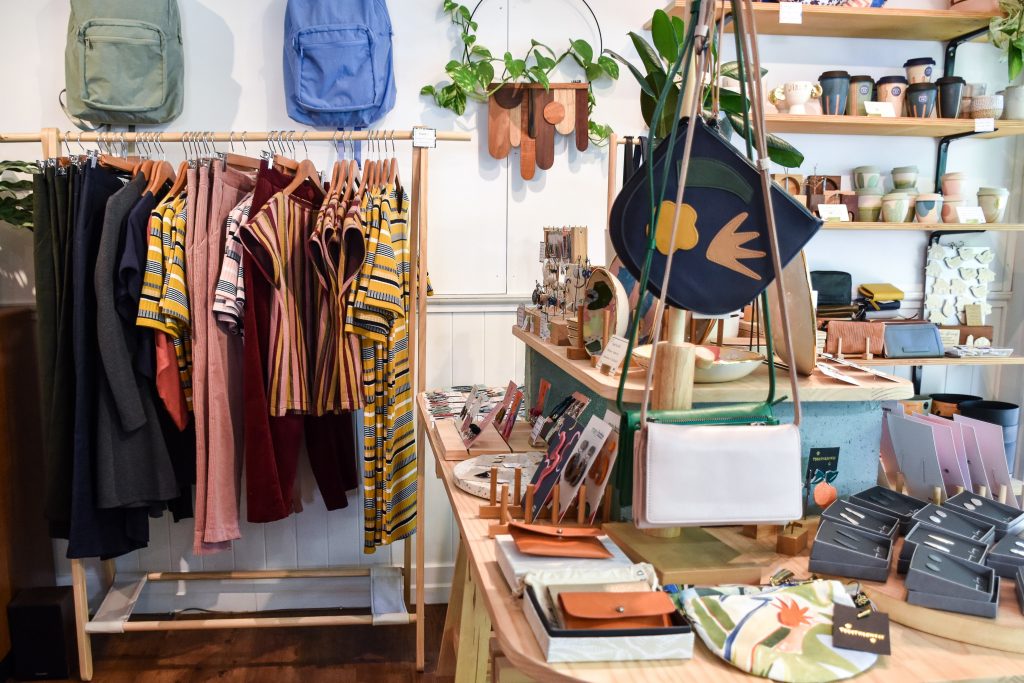It’s no secret Amazon has disrupted the way we buy and sell goods around the world. The coronavirus pandemic is giving this process a major boost.
Just think about how everything has changed almost in an instant: how much easier has it been to find parking at the mall during the holiday season? I was able to park my truck 2 rows from the mall entrance on a Friday in December!
If you are a small business owner, you have surely felt the impact of these changes. Maybe you have closed your doors due to COVID and are in a process of redefining your business? Or maybe you’ve been considering expanding your business online? Why not learn how to sell products on Amazon — your local business’ products.
There is a lot a talk about how Amazon’s online marketplace has ripped the floor out from underneath traditional retail, but we disagree. A keen business eye will see this as a huge opportunity rather than a dead-end. As the saying goes, “if you can’t beat ‘em, join ‘em.”
Like everything else, shopping is changing. You can either spend time and resources resisting the winds of change, or you can listen to your customers’ wants by bringing your business into the Amazon marketplace. Learn how to become a seller on Amazon to keep providing high quality local goods to your clients.
So how do local businesses benefit from Amazon?
Let’s take a minute to consider all aspects of an Amazon purchase.
1. Production
Where is your product being produced currently?
Think about that local business in town right now which has spent the money on a radio ad, blaring: “Amazon doesn’t support your local community. We do.”
This does not have to be so black and white. You can base your production locally and use Amazon to distribute.
Or, you can have your production internationally, but still employ local workforce. Globalism isn’t a zero-sum game. We all can benefit from increased connectivity.
2.Shipping

Alberta, Canada Photo by Andy Holmes on Unsplash
How are your products currently reaching your buyers?
If your products are made locally, are you looking to expand the geographic boundaries of your buyers? By this, I mean are you hoping to sell your local goods to a non-local market?
Amazon allows you to do this. You can have local production with nationwide or even global shipping!
It’s important to support your local community. Doing so never has to be at the expense of reaching a greater customer base.
3.Business Building & Branding
This is the hurdle for all new Amazon Sellers. If you already have business with an established customer base, product line and supply chain you already have every new seller beat.
View Amazon as a second location for your store. Even better, you can view it as a merger of your already existing online store should you have one.
4.Storage
Where are you storing those products you currently sell? At your home or brick and mortar location? A 3rd Party Logistics Company (http://radiusfulfillment.com/) or at the Amazon Warehouse?
5.Purchase & Delivery
These two are grouped together for one very important reason: these are both required steps in the purchase process. In the local business version, it is simply the customer coming out to your shop to bring the item home.
Why not make things easier? Why not bring the products to your customer?
Buying local feels good. We understand that. You want to put your money into your community. On the other hand, buying local isn’t exactly efficient.
But these two do not have to be mutually exclusive. Amazon doesn’t demand that they be. You can source locally, employ local workers, and expand your customer base.
You’re not selling local, but you’re employing local. You’re reinvesting in your community while expanding your footprint.
Take those profits, and then funnel them back into your business, your local hires, and support your local community even further.

Photo by S O C I A L . C U T on Unsplash
Still Learning How to Sell Products on Amazon?
This is a business, and there is a lot to it. Stay tuned for our advanced articles and tutorials teaching you how to sell on Amazon step by step, creating your own Amazon Business Plan, how to list a new product on Amazon, selling Alibaba on Amazon, Amazon Gated Categories, avoiding listing on Amazon fees, using the Amazon FBA system, and more.
Are we missing a topic? Submit a request anytime. If you have questions about how to sell products on Amazon you can Ask Anything About Selling on Amazon on Facebook to connect with our CEO directly.
 My name’s Fabian David, and as the CEO of AMZ Savages, I believe in offering clients a unique and personalized service. AMZ Savages is not a generic online course or launch promotion – we offer a business model designed to empower customers so that they can go on to prosper as independent Amazon sellers. With over 6 years’ experience as an Amazon consultant, I know exactly what your business needs to compete against the established professionals, and I’m happy to share this knowledge with you. I believe in a truly individualized experience, which is why I’ll be the one taking your calls and sharing my screen with you every step of the way. The rest of the AMZ Savages team will be on hand to support the overall execution of your product launch, ensuring things happen on schedule and as agreed. Best of all, we tailor our hands-on initial product launch to suit your specific needs, so we’ll still teach you how to sell products on Amazon, even if you want to use your own services wherever you’d like (saving you some extra money along the way).
My name’s Fabian David, and as the CEO of AMZ Savages, I believe in offering clients a unique and personalized service. AMZ Savages is not a generic online course or launch promotion – we offer a business model designed to empower customers so that they can go on to prosper as independent Amazon sellers. With over 6 years’ experience as an Amazon consultant, I know exactly what your business needs to compete against the established professionals, and I’m happy to share this knowledge with you. I believe in a truly individualized experience, which is why I’ll be the one taking your calls and sharing my screen with you every step of the way. The rest of the AMZ Savages team will be on hand to support the overall execution of your product launch, ensuring things happen on schedule and as agreed. Best of all, we tailor our hands-on initial product launch to suit your specific needs, so we’ll still teach you how to sell products on Amazon, even if you want to use your own services wherever you’d like (saving you some extra money along the way).
Still Need Help Finding Products to Sell on Amazon?
You can also create a free account for our Legendary Product Research Tool here.

